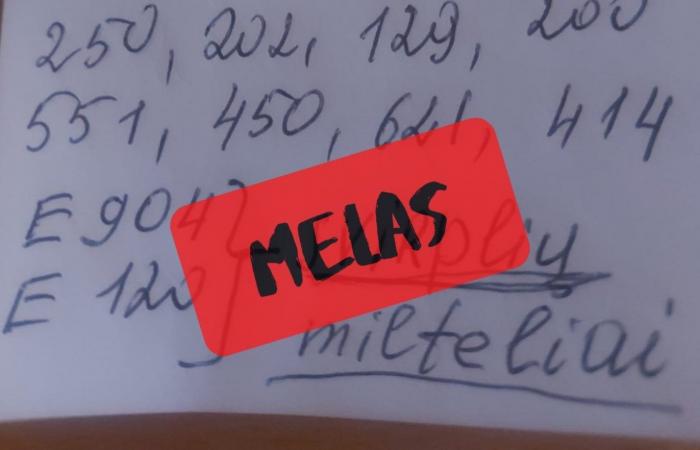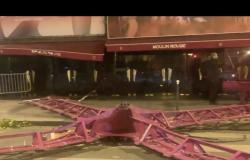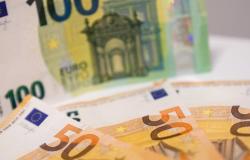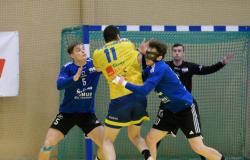Statements
A message on social networks: the codes E904 and E120 indicate cricket powder (HERE).
Verdict
The additives used in the food industry under the codes E904 and E120 are not related to cricket powder. The code E904 denotes the glazing material shellac, and E120 denotes carmine, which is commonly used as a dye.
Lie detector comment
The debate about the use of cricket powder in the food industry has been sparked by a new law, effective January 24. coming into force, the regulation of the European Commission. It will allow the use of Acheta domesticus powder in various food products such as bread products, chocolate, biscuits, pasta and others.
Some social media users were shocked and scared by this news, although in other markets insects and their products have been used in the food industry for many years. Some rushed to share messages indicating that under the food additives marked with the letter E, which are currently already used in various products, it is precisely cricket powder that is hiding. One such message indicates that cricket powder is labeled with the codes E904 and E120.
This information is incorrect. Although the additives mentioned are indeed related to insects in one way or another, they do not refer to cricket powder.
of the Lithuanian Minister of Health Protection in 2003 the approved order, which lists permitted food additives, clearly states that code E904 designates the glazing agent – shellac. This material is defined by the Universal Lithuanian Encyclopedia as follows: “shellac (ol. shellak – scale), a natural resin obtained from the secretions of insects that parasitize some tropical plants. Yellow-brown thin scales formed from organic acids and their derivatives, waxes (3-6%). Softens at 77-85 °C, soluble in many organic solvents, alkaline water. Spirit shellac varnish and polish were used to finish expensive furniture, glass and metalwork. Shellac is added to nitrolacquers (5-20%) to make the coatings more shiny, to better adhere to the surface, to be elastic, to glazes (food additive E904) for glazing candies, medicine tablets and pills.
The substance labeled E120 is also not cricket powder. This is cochineal, also called carminic acid or carmine. The same encyclopedia gives the following definition of carmine – “a complex organic acid. It is obtained by pouring hot water and acetic acid on female cochineals of the cochineal suborder. Soluble in water and alkalis. Bright red paint. It is used in the food industry, perfumery, for staining preparations examined under a microscope.”
Both of these additives have been widely used in the food industry since the last century, and they are allowed to be used in the countries of the European Union.
It is strictly forbidden to use the information published by DELFI on other websites, media or elsewhere or to distribute our material in any form without consent, and if consent is obtained, it is necessary to credit DELFI as the source.






